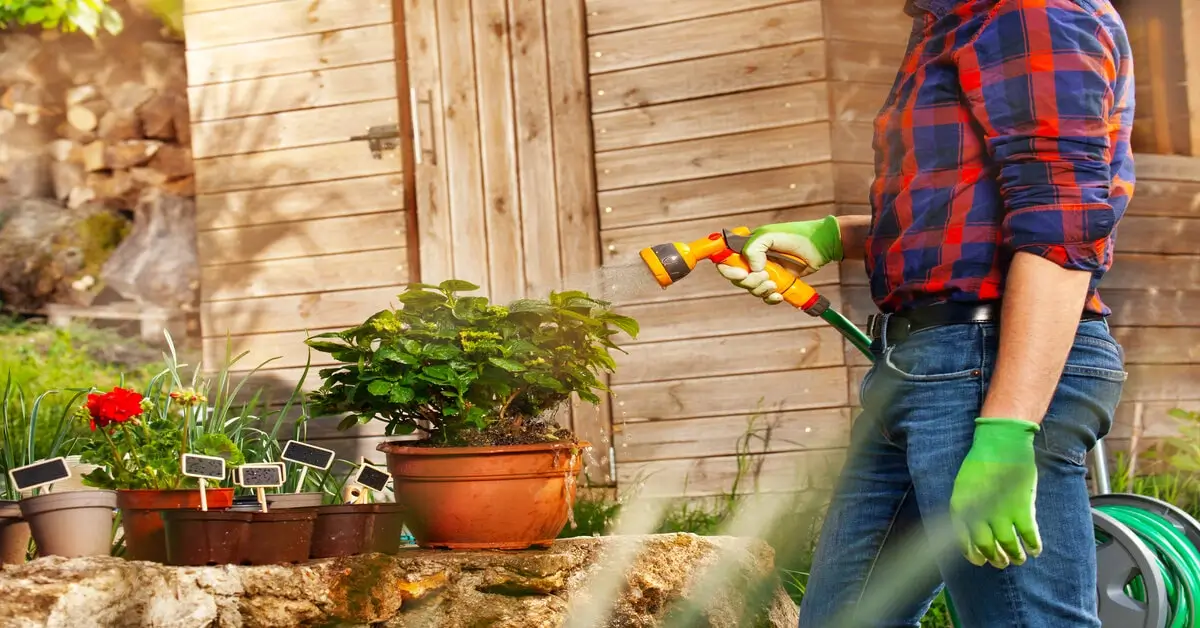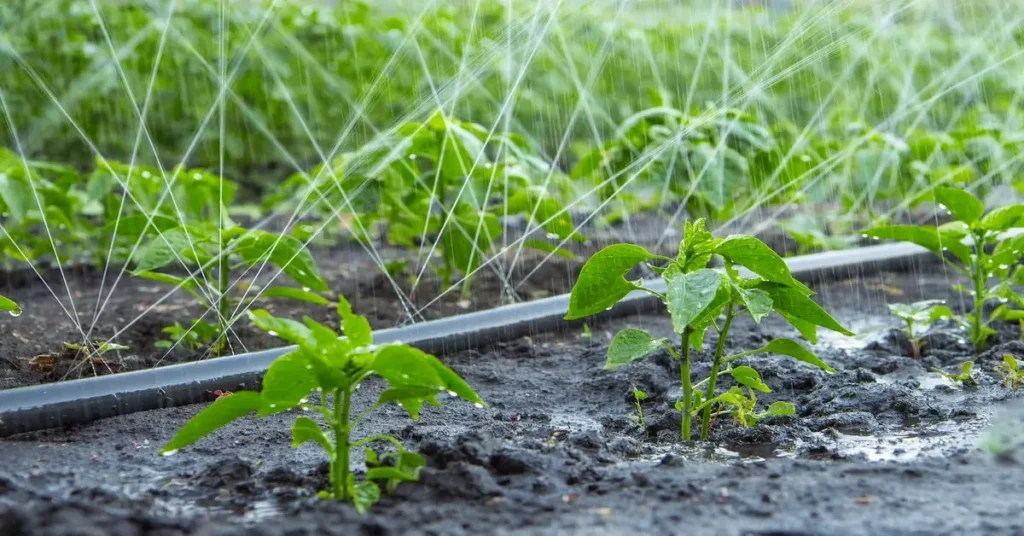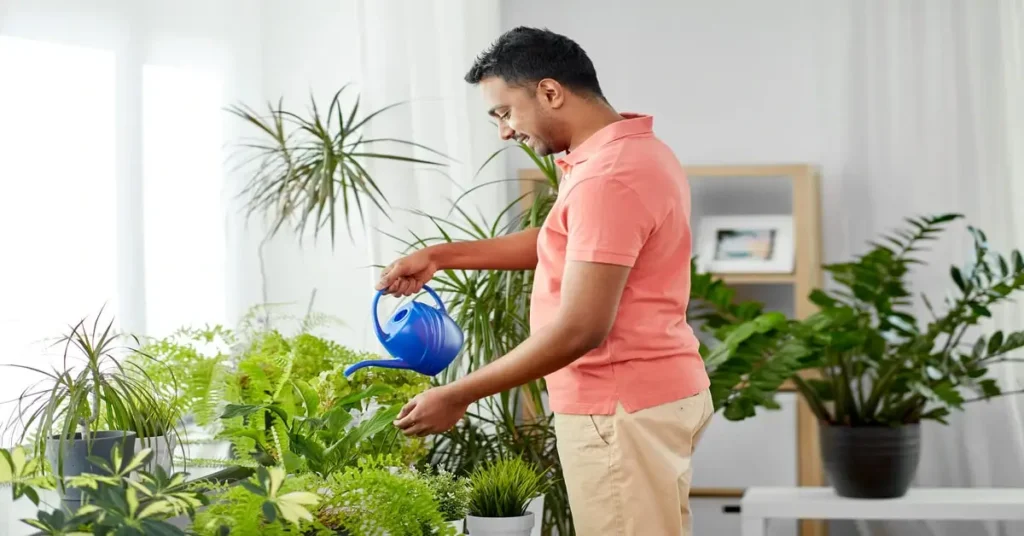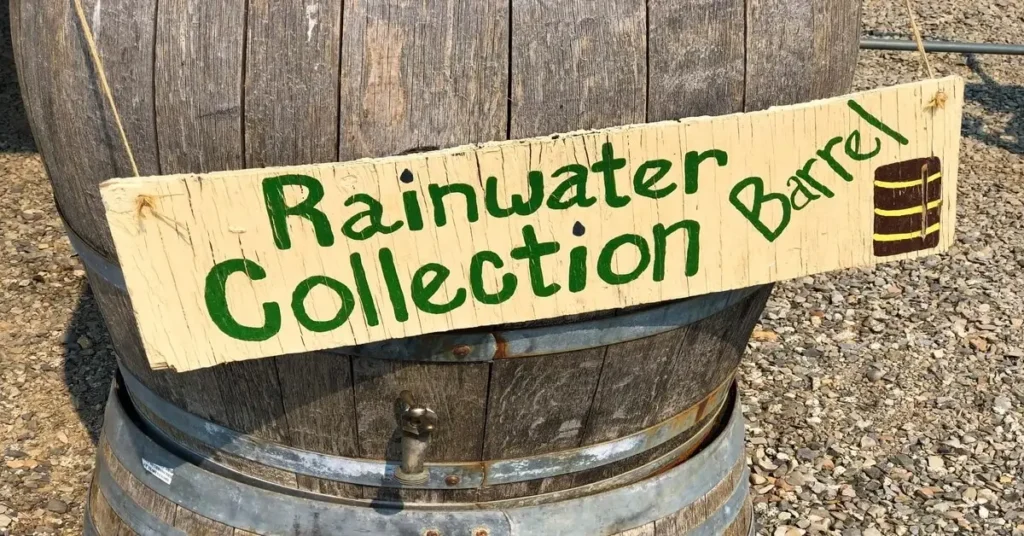Understanding the water needs of our plants is essential for their growth and survival. Whether you’re watering indoor plants or a garden, each plant has specific requirements that must be addressed. The type of plant, its stage of growth, and even the climate it’s in can affect how much water it needs. So, how do you know when to water your plants?
Knowing When to Water
Generally, it’s time to water when the top inch of the soil is dry. Test this by sticking your finger into the soil up to your knuckle. If it’s dry, it’s time to water. However, remember that some plants don’t need as frequent watering. For example, succulents and cacti thrive with less water.
How Much Water?
The amount of water your plants need depends on their size and type. Larger outdoor plants will typically require more water than smaller indoor ones. Overwatering can lead to root rot and other plant diseases, so it’s better to err on the side of caution.
Different Watering Methods
There are many ways to water plants. From the traditional watering can to more complex irrigation systems, the best method depends on the type of plant, its location, and your lifestyle.
Hand Watering

Hand watering with a watering can or garden hose allows us to control the amount of water each plant receives. This method is best for indoor plants, smaller gardens, and plants with shiny foliage that may suffer from direct water contact. Use a watering wand to direct water right at the base of the plant and prevent leaf damage.
Drip System

A drip or irrigation system is an efficient watering method, particularly for more extensive gardens or outdoor plants. It delivers a slow water drip to the roots, reducing evaporation and ensuring each plant gets moisture.
Self-Watering Devices

Self-watering devices, such as watering globes or spikes, release small amounts of water into the soil over time. They’re excellent when you’re away on vacation and can’t water your plants daily. Just fill the bottle with water and invert it into the soil.
Watering From Below
Watering from below for container plants and seedlings ensures the roots get the moisture they need without dampening the foliage. Just place the potted plant in a saucer filled with water and allow the water to seep up through the drainage hole.
Watering Tips and Tricks
Watering Frequency
Regular watering helps keep your plants healthy. Some plants may need daily watering, while others require less frequent watering. The best time to water is usually in the morning when the water does not evaporate quickly, helping the plants get enough hydration for the day.
Using the Right Water
Tap water is fine for most plants, but be wary if you have a water softener, as the sodium content can harm plants. Rainwater or distilled water is often the best for your plants as it’s free from chemicals in the tap water.
Watching for Signs of Overwatering or Underwatering
A healthy plant has glossy, firm leaves. The leaves may wilt or turn brown if the plant gets too little water. Conversely, yellow leaves can signal overwatering. Adjust your watering method as needed to ensure your plant babies thrive.
Conclusion
Watering is not a one-size-fits-all task. Each plant has unique needs, and the best way to water your plants will depend on many factors. Whether you prefer hand watering, a drip system, or an automatic watering device, the key is ensuring the plant gets enough, but not too much, moisture.
Understanding these different plant watering methods will help your plants stay healthy, lush, and vibrant.



